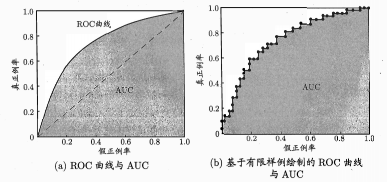1
2
3
4
5
6
7
8
9
10
11
12
13
14
15
16
17
18
19
20
21
22
23
24
25
26
27
28
29
30
31
32
33
34
35
36
37
38
39
40
41
42
43
44
45
46
47
48
49
50
51
52
53
54
55
56
57
58
59
60
61
62
63
64
65
66
| import numpy as np
import matplotlib as mpl
import matplotlib.pyplot as plt
import pandas as pd
from sklearn.model_selection import train_test_split
from sklearn.preprocessing import MinMaxScaler
from sklearn.pipeline import Pipeline
from sklearn.linear_model import LinearRegression
from sklearn.metrics import mean_squared_error, mean_absolute_error, r2_score
from pprint import pprint
if __name__ == '__main__':
path = './Advertising.csv'
data = pd.read_csv(path)
x = data[['TV', 'Radio']]
y = data[['Sales']]
plt.figure(facecolor='w', figsize=(9, 10))
plt.subplot(311)
plt.plot(data['TV'], y, 'ro', mec='k')
plt.title('TV')
plt.grid(b=True, ls=':')
plt.subplot(312)
plt.plot(data['Radio'], y, 'g^', mec='k')
plt.title('Radio')
plt.grid(b=True, ls=':')
plt.subplot(313)
plt.plot(data['Newspaper'], y, 'b*', mec='k')
plt.title('Newspaper')
plt.grid(b=True, ls=':')
plt.tight_layout(pad=2)
plt.show()
x_train, x_test, y_train, y_test = train_test_split(x, y, test_size=0.2, random_state=1)
model = LinearRegression()
model.fit(x_train, y_train)
print(model.coef_, model.intercept_)
order = y_test.argsort_value(axis=0)
y_test = y_test.values[order]
x_test = x_test.values[order, :]
y_test_pred = model.predict(x_test)
mse = np.mean((y_test_pred - np.array(y_test)) ** 2)
rmse = np.sqrt(mse)
mse_sys = mean_squared_error(y_test, y_test_pred)
print('MSE = ', mse, end=' ')
print('MSE(System Function) = ', mse_sys, end=' ')
print('MAE = ', mean_absolute_error(y_test, y_test_pred))
print('RMSE = ', rmse)
print('Training R2 = ', model.score(x_train, y_train))
print('Training R2(System) = ', r2_score(y_train, model.predict(x_train)))
print('Test R2 = ', model.score(x_test, y_test))
error = y_test - y_test_pred
np.set_printoptions(suppress=True)
print('error = ', error)
plt.hist(error, bins=20, color='g', alpha=0.6, edgecolor='k')
plt.show()
plt.figure(facecolor='w')
t = np.arange(len(x_test))
plt.plot(t, y_test, 'r-', linewidth=2, label='真实数据')
plt.plot(t, y_test_pred, 'g-', linewidth=2, label='预测数据')
plt.legend(loc='upper left')
plt.title('线性回归预测销量', fontsize=18)
plt.grid(b=True, ls=':')
plt.show()
|



